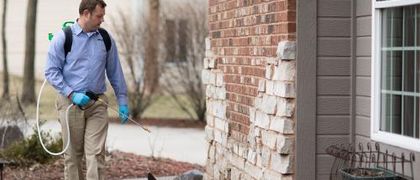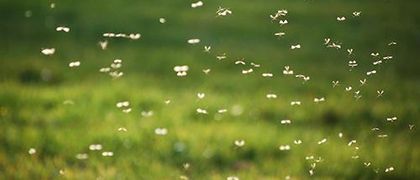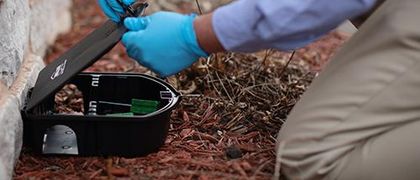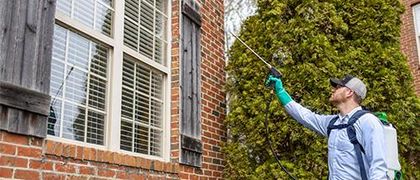Common Types of Wasps to Watch Out for In Nebraska
If you’ve ever spent a summer in Nebraska, you know wasps can put a damper on outdoor fun.
Whether you’re working in the garden or having a barbecue, spotting a buzzing insect with yellow markings can make you think twice about sticking around. Some wasps are harmless pollinators, but others? They’ll make you wish you’d stayed inside.
In this article, we’ll break down the common types of wasps that Nebraska homeowners should watch out for—especially in places like Lincoln and Omaha.
Key Takeaways
- Nebraska has common wasps like paper wasps, yellow jackets, bald-faced hornets, mud daubers and cicada killer wasps.
- Yellow jackets sting more often than other wasps and cause the most allergic reactions including serious anaphylaxis.
- Mud daubers and other solitary wasps rarely sting and help by hunting spiders, crickets and other small pests.
- Large nests or lots of wasps near eaves, trees or attics mean it’s time to contact a pest control professional.
Paper Wasps
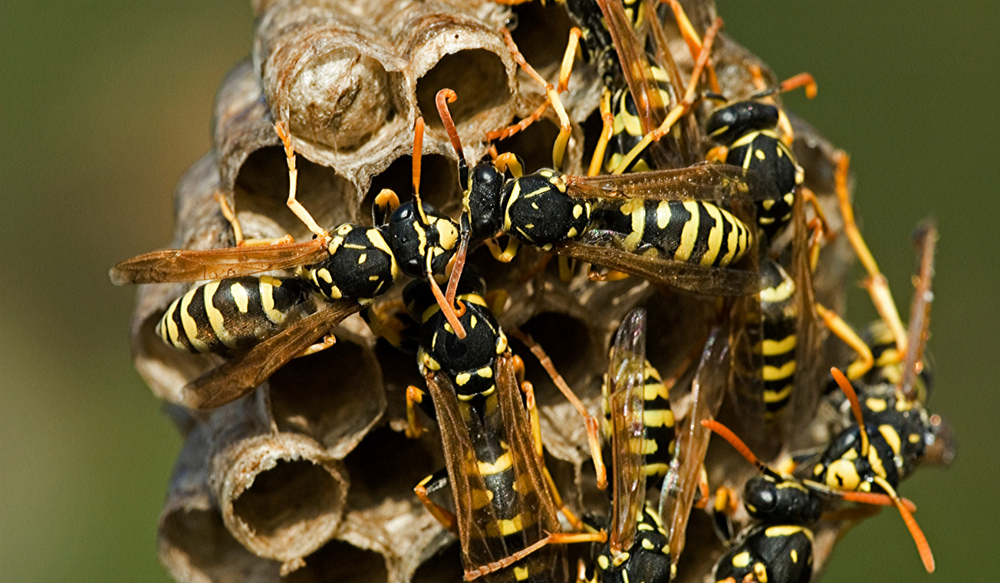
Paper wasps are probably one of the most common wasp species around Nebraska homes. They get their name from the papery nests they build out of wood fibers, usually under eaves, attics, or porch ceilings. Their bodies are slim with long antennae, and they usually have yellow markings on a dark brown or reddish thorax.
They aren’t typically aggressive unless you mess with their nest. But here’s the thing—those nests can grow fast during late summer, and getting too close can lead to a swarm of stinging insects protecting their larvae.
Yellow Jackets
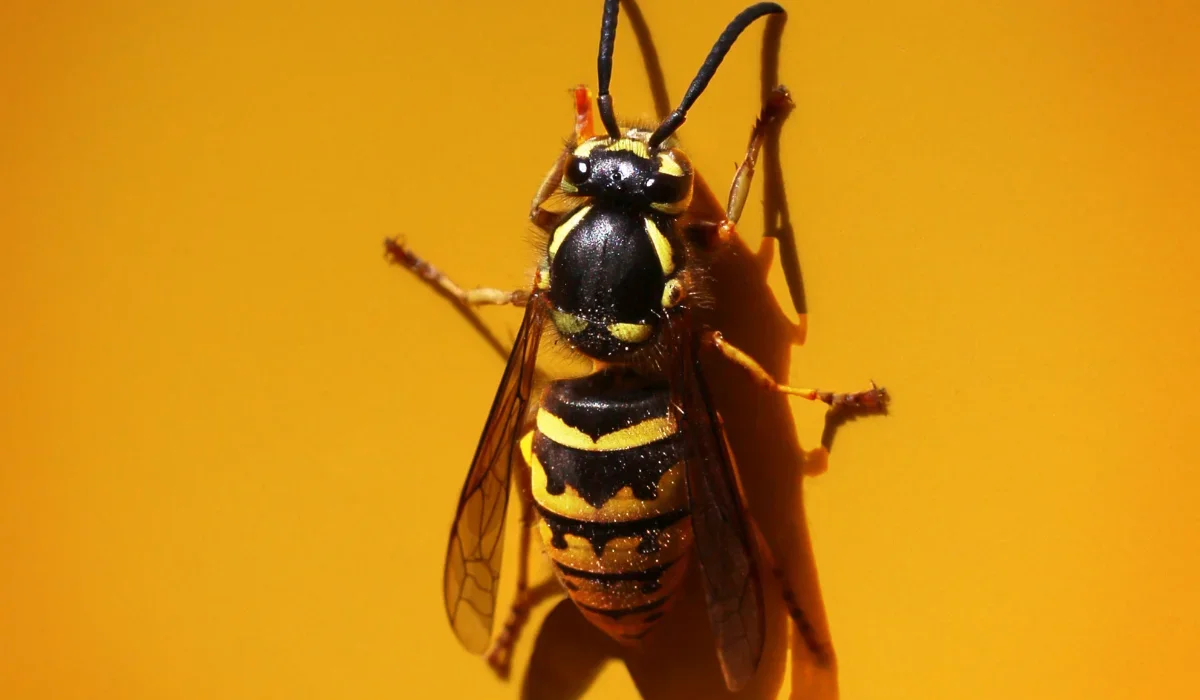
If there’s a wasp that truly earns its bad reputation, it’s the yellow jacket. These wasps are aggressive, especially when food is around, and they’re known to sting multiple times. Unlike paper wasps, they build their nests underground or inside walls and attics, making them harder to spot until there’s a full-blown infestation.
Their stinger can deliver painful stings. In fact, they are responsible for more stings in the U.S. than any other wasp, and they’re a leading cause of sting-related allergic reactions—including severe cases like anaphylaxis.
They are not the type to mess with—professional wasp control is usually the safest way to deal with them.
Bald-Faced Hornets
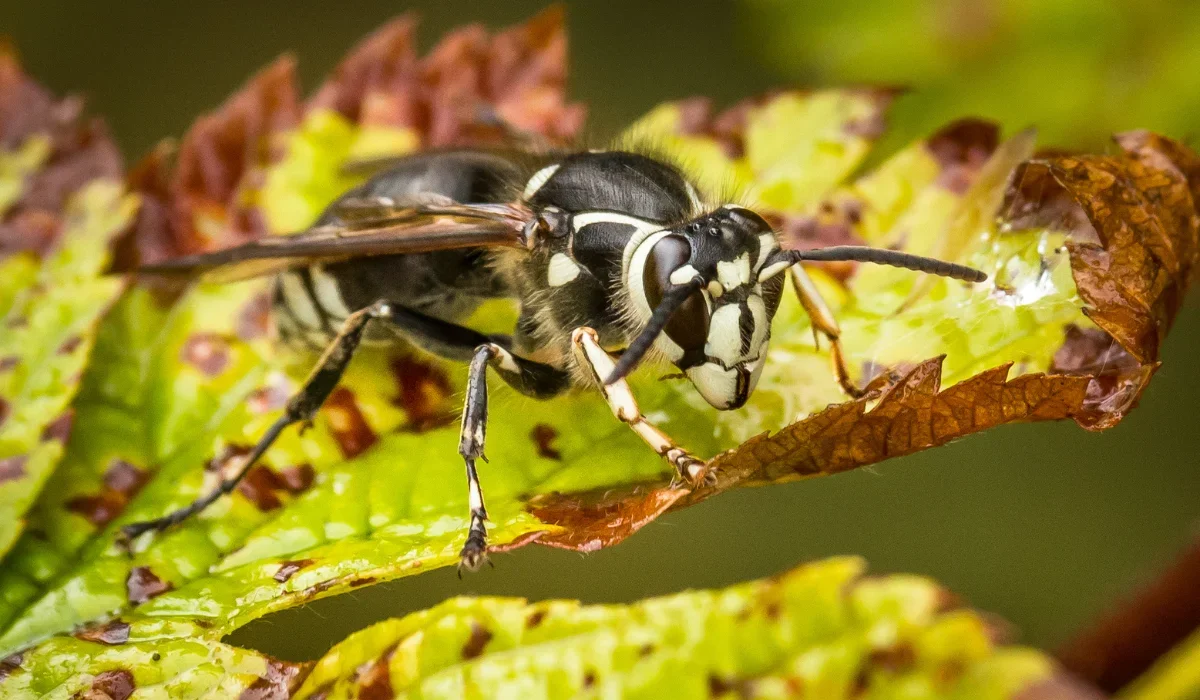
Despite the name, bald-faced hornets are technically a type of yellow jacket. They’re called hornets because they’re one of the largest wasp species you’ll find around here. Their bodies are mostly black with white faces, and they build big, basketball-sized wasp nests in trees or on buildings.
These hornets are especially aggressive when defending their nest and can sting multiple times. They’re common in Nebraska’s wooded areas, but we’ve seen plenty around neighborhoods in Omaha and Lincoln too.
Mud Daubers
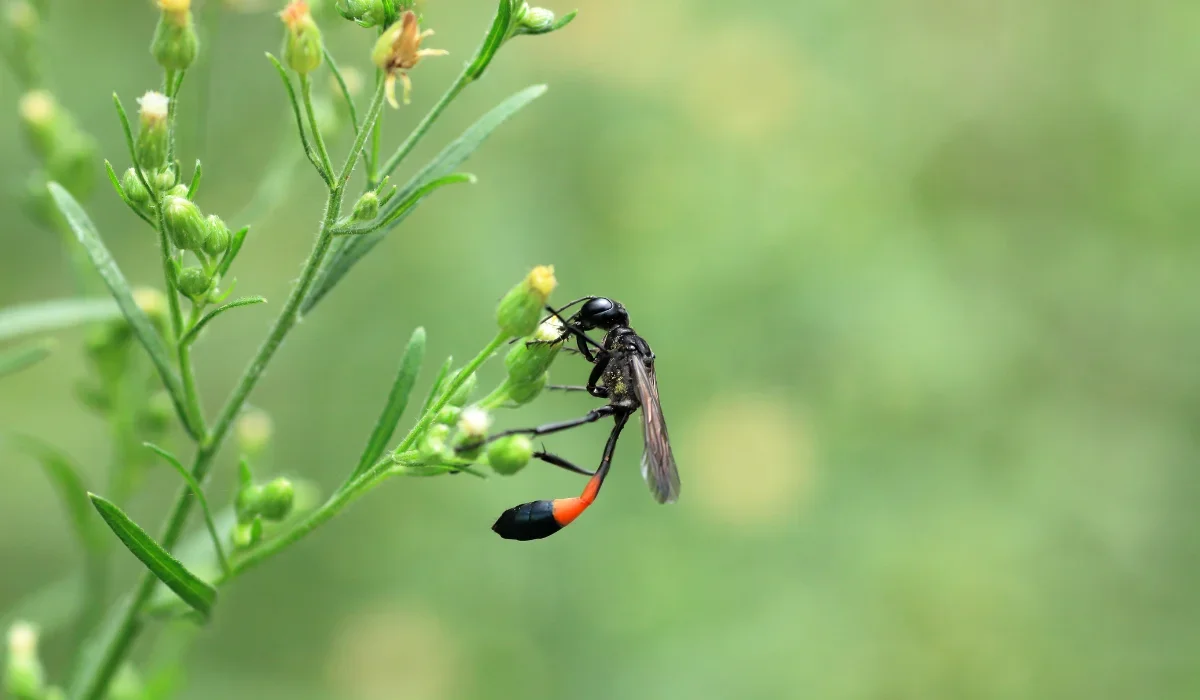
Now for some good news—not all wasps are out to sting you. Mud daubers are solitary wasps that are more interested in hunting caterpillars and spiders than bothering humans. They build nests out of mud, usually on the side of buildings, inside sheds, or along cracks and crevices.
They have a distinct thread waist (a narrow connection between their thorax and abdomen), and while they can sting, they rarely do. In fact, they help control spider populations, especially in Nebraska where studies show mud daubers collect hundreds of spiders for their nests.
It’s a different kind of benefit than pollinators like honey bees and bumble bees, but helpful all the same.
Cicada Killer Wasps

These wasps look intimidating—and they are. Cicada killers are huge, often over 1.5 inches long, making them one of the largest wasp species in Nebraska. They dig burrows in sandy soil (hence, sometimes called sand wasps) and hunt cicadas to feed their young.
While they may look like hornets, they’re generally not aggressive toward humans.
Steel Blue Cricket Hunter
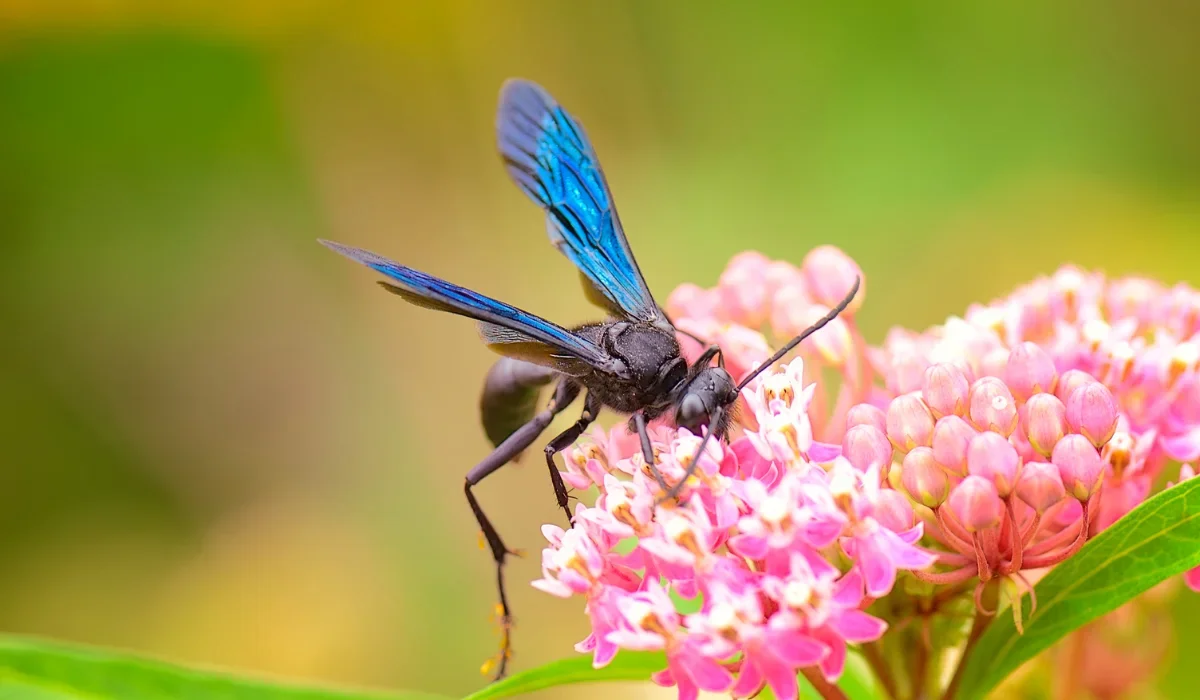
Another solitary wasp you might see is the steel blue cricket hunter. True to its name, this wasp has a metallic blue color and hunts crickets to feed its wasp larva. Like cicada killers, they prefer sandy or loose soil to burrow into, and they’re not aggressive.
These wasps help control cricket populations, and unless you’re dealing with a serious infestation, there’s no need for pest control.
European Hornet

The European hornet is less common but becoming more noticeable in Nebraska. Larger than a yellow jacket and more aggressive than mud daubers, these hornets can be a problem if they nest near your home. They build paper nests similar to paper wasps but often in hollow trees or wall voids.
Because of their size and painful sting, many homeowners prefer to call in professionals for safe wasp nest removal.
When to Contact a Pest Control Professional
If you’re seeing a lot of wasp activity around your home, especially near eaves, trees, or attics, it might be time to call in professional pest control.
At Miller Pest & Termite, we safely treat wasps, hornets, and yellow jackets up to 25 feet high. Whether you're in Omaha, Lincoln, or surrounding areas, we’ve got you covered.
Need help with a wasp problem?
Contact us today for pricing and peace of mind.
Get Help Now!

